Home>Gardening & Outdoor>Landscaping Ideas>What Grass Is Best For Wet Areas
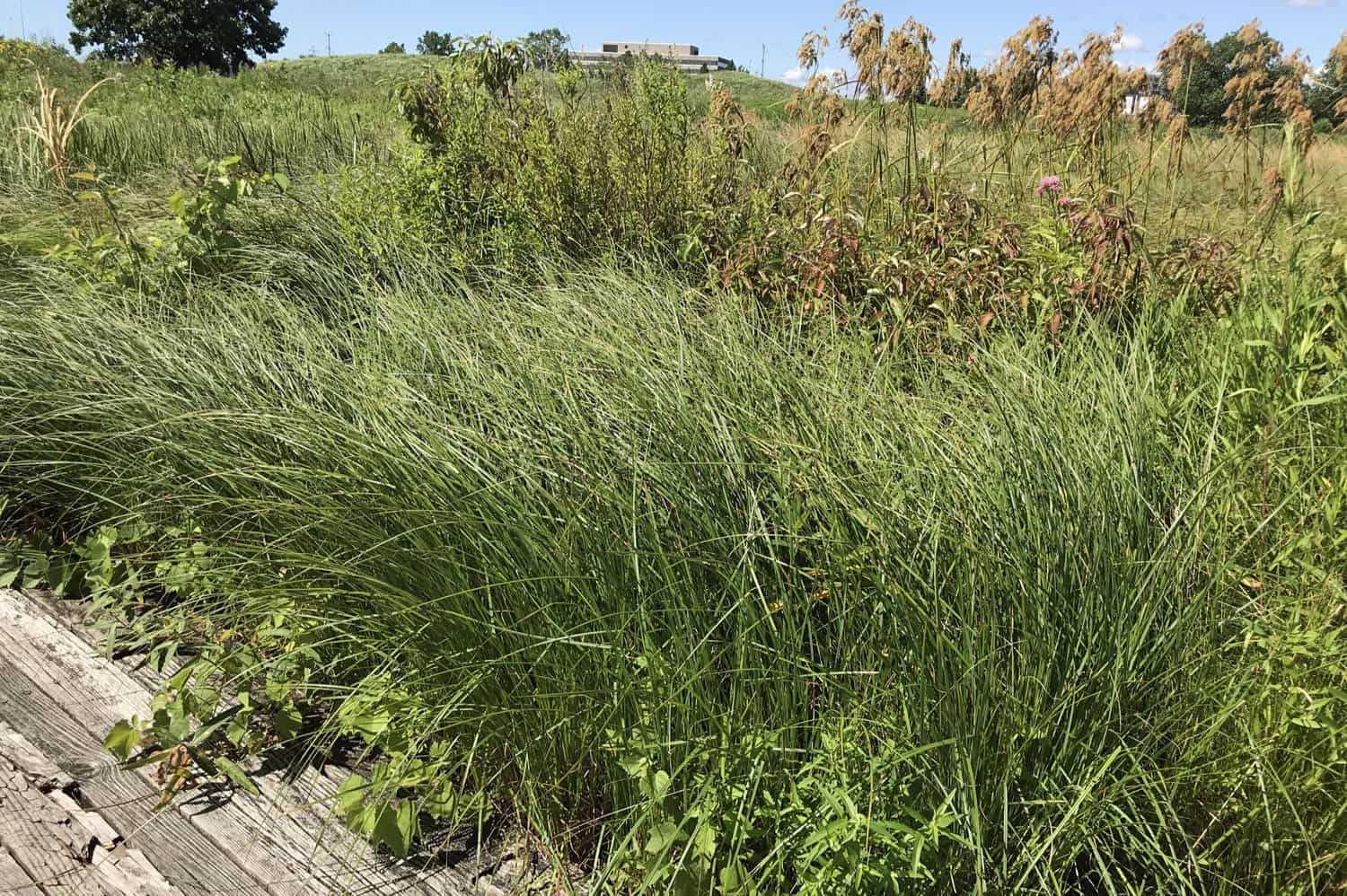

Landscaping Ideas
What Grass Is Best For Wet Areas
Published: January 26, 2024
Discover the best grass for wet areas with our expert landscaping ideas. Create a lush, thriving lawn in even the dampest conditions.
(Many of the links in this article redirect to a specific reviewed product. Your purchase of these products through affiliate links helps to generate commission for Storables.com, at no extra cost. Learn more)
**
Introduction
**
When it comes to landscaping, choosing the right type of grass is crucial for ensuring a lush, vibrant lawn. However, the task becomes more challenging when dealing with wet areas. These areas are often prone to poor drainage, which can wreak havoc on many types of grass. Yet, with the right knowledge and careful selection, it's possible to transform these soggy spots into beautiful, thriving green spaces.
In this comprehensive guide, we'll delve into the world of wet area landscaping and explore the characteristics of the best grass for such environments. By understanding the unique needs of wet areas and the specific attributes of suitable grass types, you can make informed decisions to revitalize these challenging spaces. Whether you're dealing with a perpetually damp backyard or a waterlogged section of your property, this article will equip you with the knowledge needed to turn these areas into stunning features of your landscape.
**
Key Takeaways:
- Choose grass like Zoysia, Fescue, or Kentucky Bluegrass for wet areas. Look for traits like drainage tolerance, disease resistance, and shade adaptability to ensure a lush, resilient lawn.
- Understanding wet areas and the best grass options can transform soggy trouble spots into stunning, thriving features of your landscape. With the right grass and care, even the wettest areas can become vibrant, resilient lawns.
Understanding Wet Areas
**
Before delving into the specifics of the best grass for wet areas, it’s essential to understand the unique characteristics of these environments. Wet areas are prone to excess moisture due to factors such as poor drainage, low-lying topography, or high water tables. This persistent dampness can pose challenges for traditional grass types, often leading to issues such as root rot, mold, and an overall lackluster appearance.
Furthermore, wet areas may experience fluctuations in moisture levels, with some sections remaining consistently saturated while others dry out intermittently. This variability can further complicate the selection of suitable grass, as it needs to be resilient enough to withstand both excessive moisture and occasional dry spells.
Additionally, the presence of shade in wet areas can exacerbate the challenges, as shaded spots tend to retain moisture for longer periods, creating an environment that is even more conducive to the growth of mold and other moisture-related issues.
Understanding these nuances is crucial for identifying the best grass varieties that can thrive in wet areas. By recognizing the specific conditions and challenges posed by these environments, you can make informed decisions when selecting grass types that will not only survive but also flourish in such settings.
**
Characteristics of Ideal Grass for Wet Areas
**
When it comes to selecting the best grass for wet areas, several key characteristics are essential for ensuring the success of your landscaping efforts. These traits enable certain grass varieties to thrive in environments with excess moisture and poor drainage, transforming soggy patches into verdant, resilient lawns.
- Excellent Drainage Tolerance: The ability to withstand prolonged exposure to moisture without succumbing to root rot or other water-related issues is a fundamental trait of ideal grass for wet areas. Varieties with superior drainage tolerance can thrive in consistently damp conditions, ensuring long-term resilience.
- Disease Resistance: Given the heightened risk of mold and fungal diseases in wet areas, ideal grass types exhibit robust resistance to such afflictions. This resilience minimizes the risk of unsightly and damaging diseases, promoting the overall health and appearance of the lawn.
- Adaptability to Shade: Many wet areas are characterized by shaded spots that receive limited sunlight, further exacerbating moisture-related challenges. Grass varieties with a high tolerance for shade can effectively harness available light for photosynthesis, thriving in these less illuminated environments.
- Deep Root System: A deep and robust root system is crucial for accessing nutrients and water, especially in waterlogged soil. Grasses with extensive root networks can effectively extract essential resources from the soil, ensuring sustained growth and vitality.
- Tolerance to Wet Feet: Some grass types are specifically engineered to tolerate “wet feet,” meaning they can thrive in areas with consistently saturated soil. This trait is particularly valuable for wet areas that experience persistent moisture levels.
By prioritizing these essential characteristics, you can identify grass varieties that are well-equipped to overcome the challenges posed by wet areas. These traits collectively contribute to the resilience and vibrancy of the lawn, ensuring that it remains healthy and visually appealing despite the presence of excess moisture.
**
Consider planting grass species such as Kentucky bluegrass, fine fescue, or perennial ryegrass in wet areas. These grasses are well-suited to handle the excess moisture and can thrive in these conditions.
Best Grass Options for Wet Areas
**
When it comes to selecting the best grass for wet areas, several varieties stand out for their exceptional resilience and adaptability to moisture-laden environments. These grasses have been specifically cultivated to thrive in conditions that would pose challenges to many conventional turf species, making them ideal choices for transforming wet areas into thriving green spaces.
1. Zoysia Grass: Zoysia grass exhibits remarkable tolerance to both wet and dry conditions, making it an excellent choice for wet areas that may experience fluctuations in moisture levels. Its dense growth pattern and robust root system contribute to its ability to withstand prolonged exposure to moisture, while also offering exceptional drought resistance when needed.
2. Fescue Grass: Fine fescue grass varieties, such as creeping red fescue and chewings fescue, are well-suited to wet areas due to their shade tolerance and excellent moisture resilience. These grasses thrive in cool, damp environments, making them an attractive option for shaded, moisture-prone spots within the landscape.
3. Kentucky Bluegrass: Known for its lush, emerald-green appearance, Kentucky bluegrass is a popular choice for wet areas due to its ability to tolerate moist soil conditions. This grass variety forms a dense, luxurious lawn and exhibits good adaptability to shade, making it well-suited for wet areas with limited sunlight.
4. Ryegrass: Perennial ryegrass is valued for its rapid germination and establishment, making it a practical choice for rejuvenating wet areas. Its ability to thrive in moist soil, coupled with its quick growth, enables it to swiftly transform waterlogged patches into vibrant, green lawns.
5. St. Augustine Grass: This warm-season grass variety excels in wet, coastal areas, making it an ideal choice for regions with high humidity and persistent moisture. Its broad, coarse blades and robust root system enable it to thrive in waterlogged soil, making it a valuable option for wet areas in warm climates.
By considering the specific attributes and advantages of these grass varieties, you can make informed decisions when selecting the best grass for your wet areas. Each of these options offers unique benefits, ensuring that you can find the perfect match for your specific landscaping needs and environmental conditions.
**
Conclusion
**
Transforming wet areas into thriving, verdant spaces is not only achievable but also rewarding when armed with the knowledge of the best grass options and their essential characteristics. By understanding the unique challenges posed by wet environments and the specific traits that enable certain grass varieties to flourish in such conditions, you can confidently revitalize these areas, enhancing the overall beauty of your landscape.
When selecting the best grass for wet areas, prioritizing traits such as excellent drainage tolerance, disease resistance, adaptability to shade, deep root systems, and tolerance to wet feet is paramount. These characteristics ensure that the chosen grass varieties can withstand the challenges posed by excess moisture, ultimately thriving in these challenging environments.
Whether you opt for resilient options such as Zoysia grass, fine fescue grass, Kentucky bluegrass, ryegrass, or St. Augustine grass, each variety offers unique advantages tailored to specific wet area conditions. By carefully assessing the attributes of these grasses and considering the specific environmental factors of your landscape, you can make an informed choice that will yield a lush, vibrant lawn in even the wettest of areas.
Armed with this knowledge, you can confidently embark on the transformation of your wet areas, turning them from soggy trouble spots into stunning focal points of your landscape. With the right grass selection and proper maintenance, these once-challenging spaces can become thriving, resilient features that contribute to the overall allure and vitality of your outdoor environment.
By leveraging the insights provided in this guide, you can embark on your wet area landscaping journey with confidence, knowing that you have the expertise to select the best grass for these unique environments, ultimately creating lush, vibrant lawns that endure and thrive despite the challenges of excess moisture.
Frequently Asked Questions about What Grass Is Best For Wet Areas
Was this page helpful?
At Storables.com, we guarantee accurate and reliable information. Our content, validated by Expert Board Contributors, is crafted following stringent Editorial Policies. We're committed to providing you with well-researched, expert-backed insights for all your informational needs.
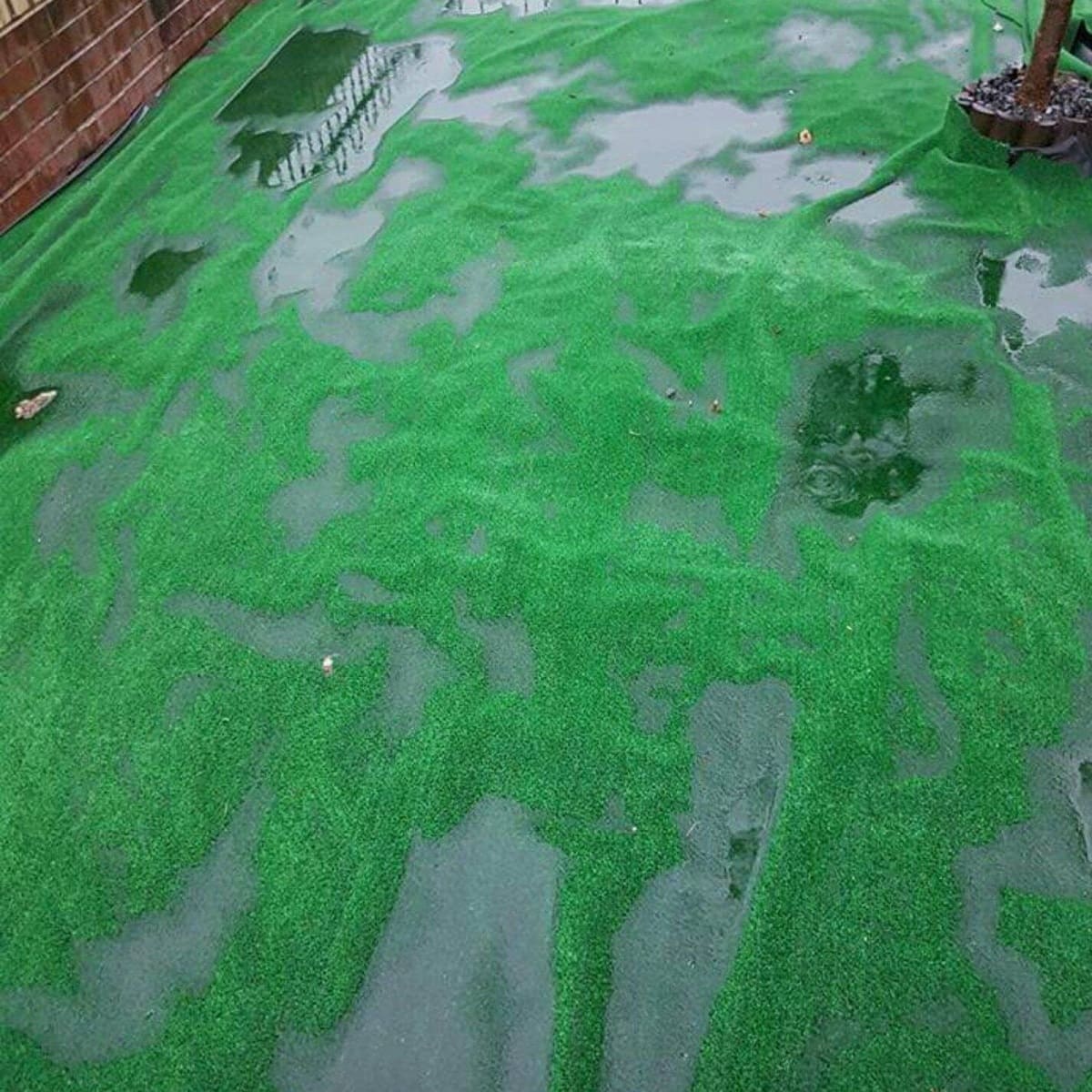
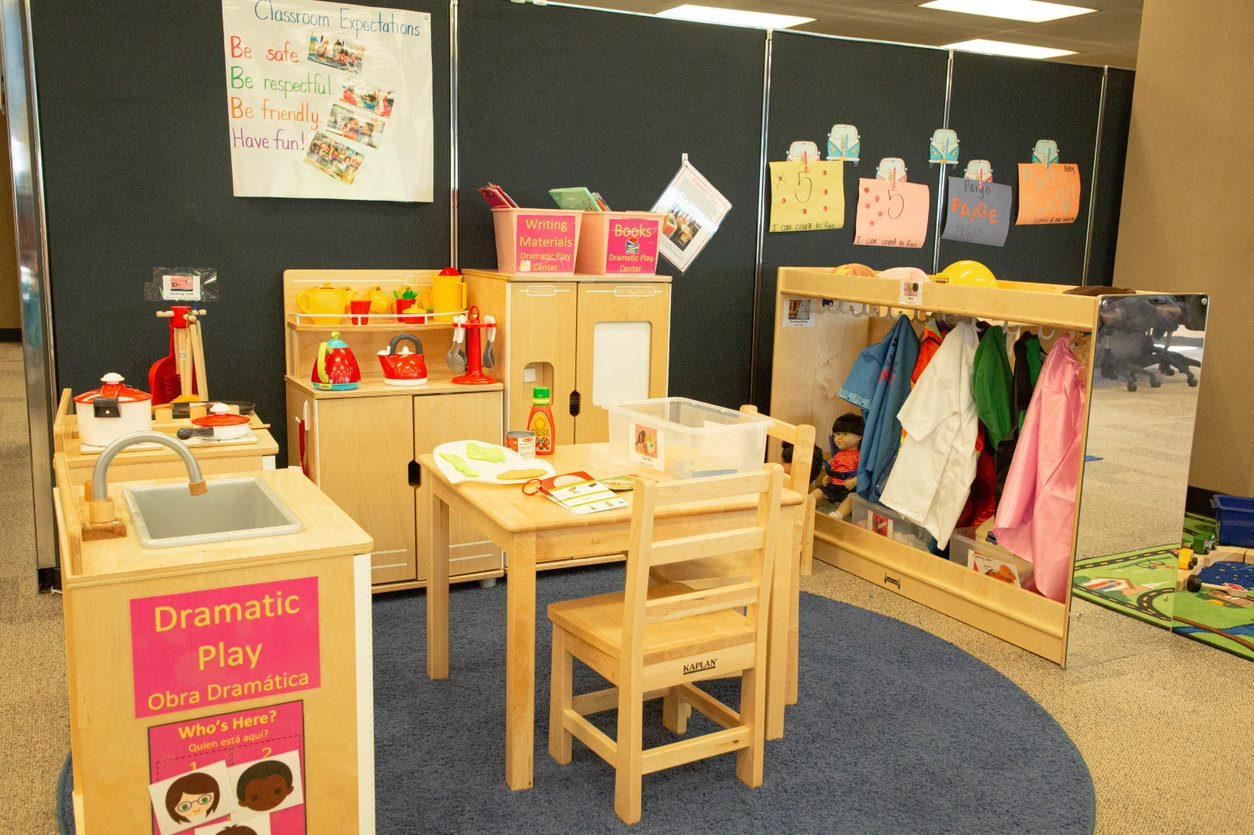

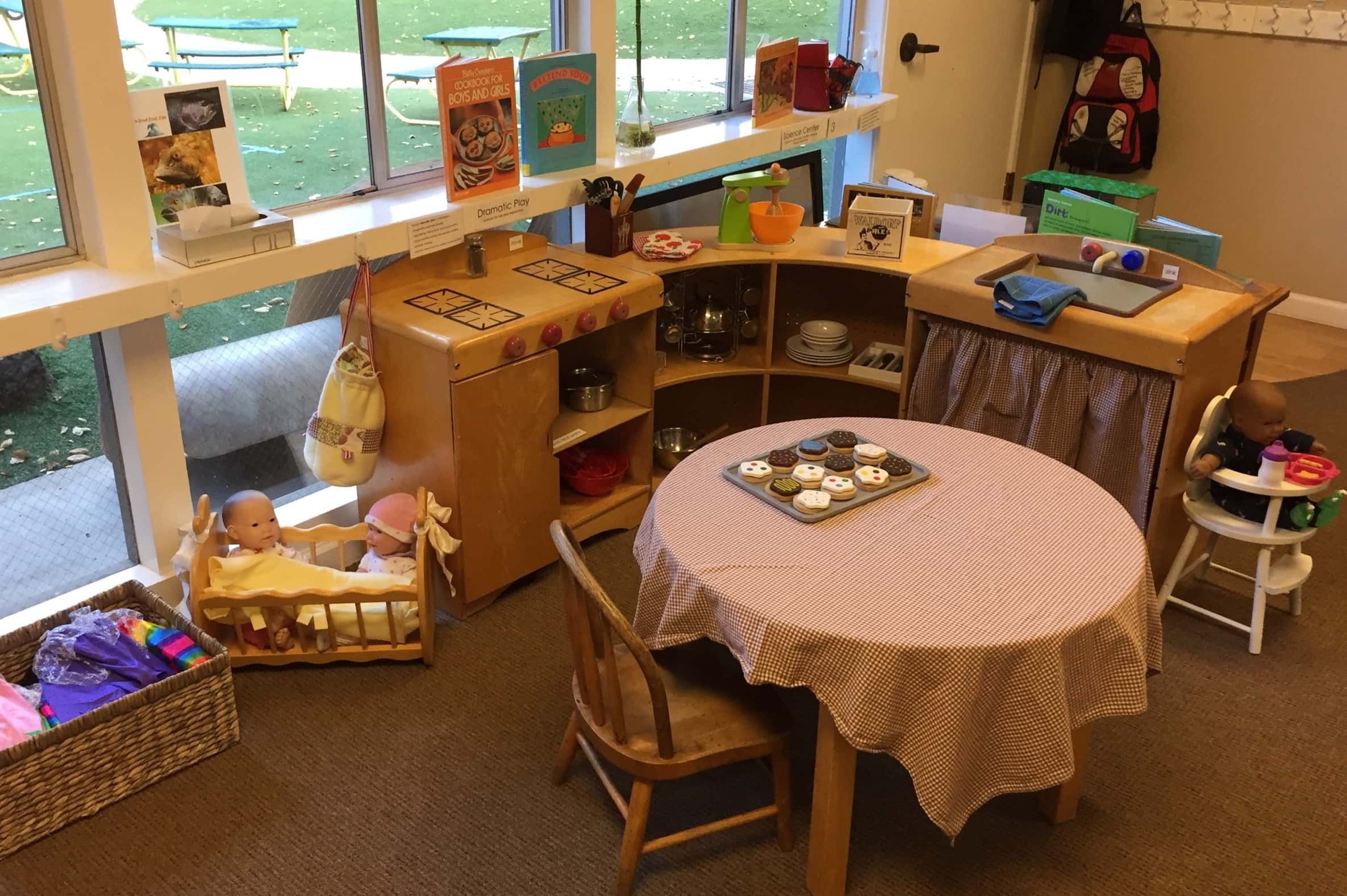
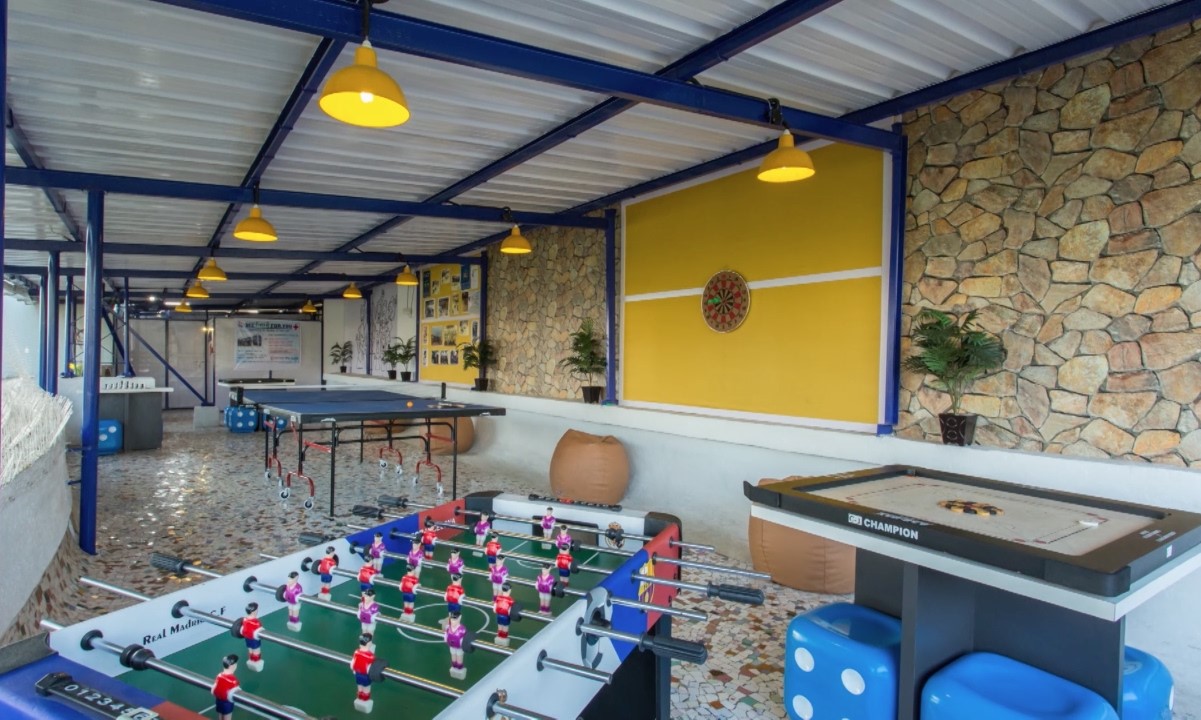
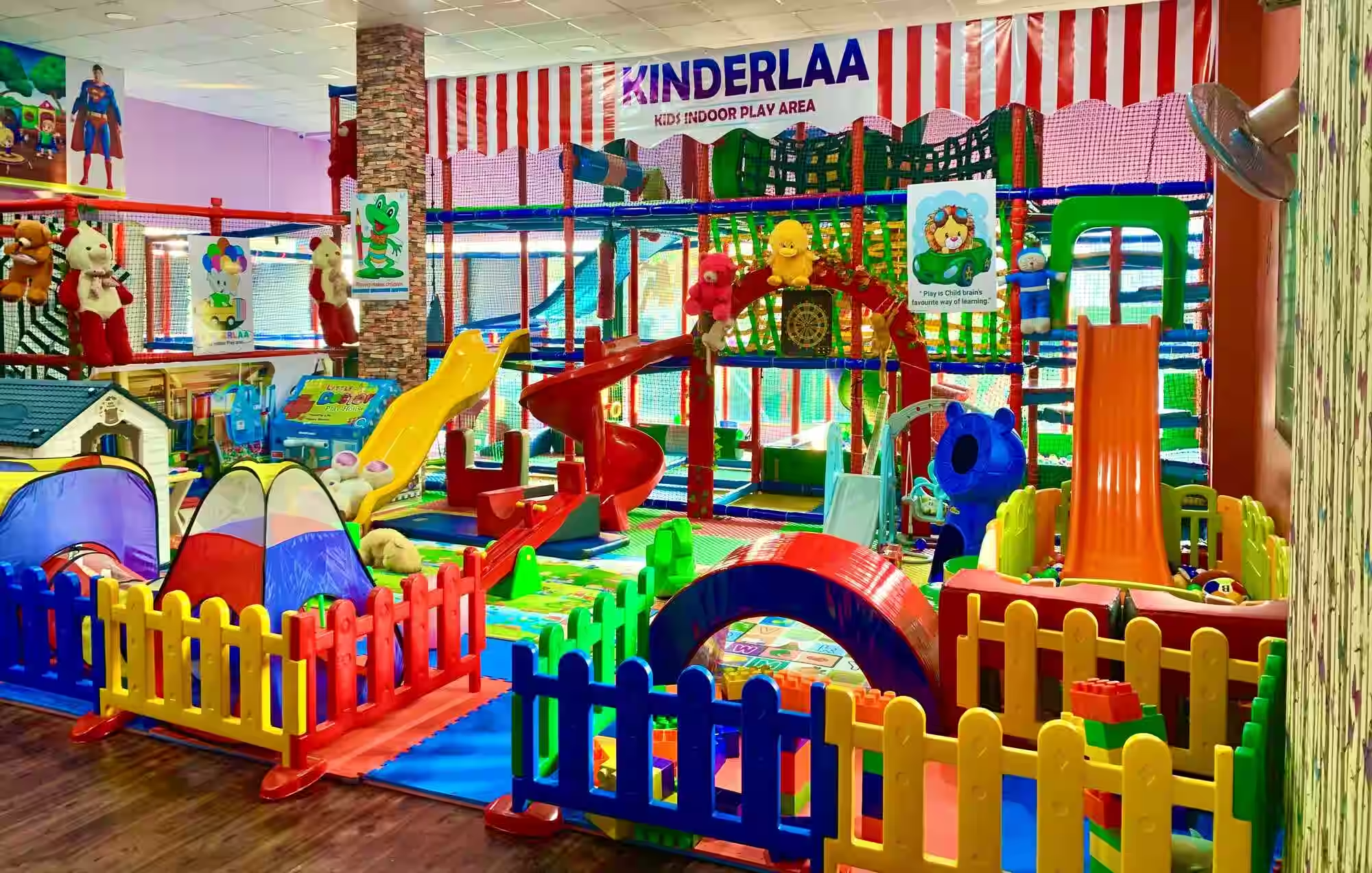
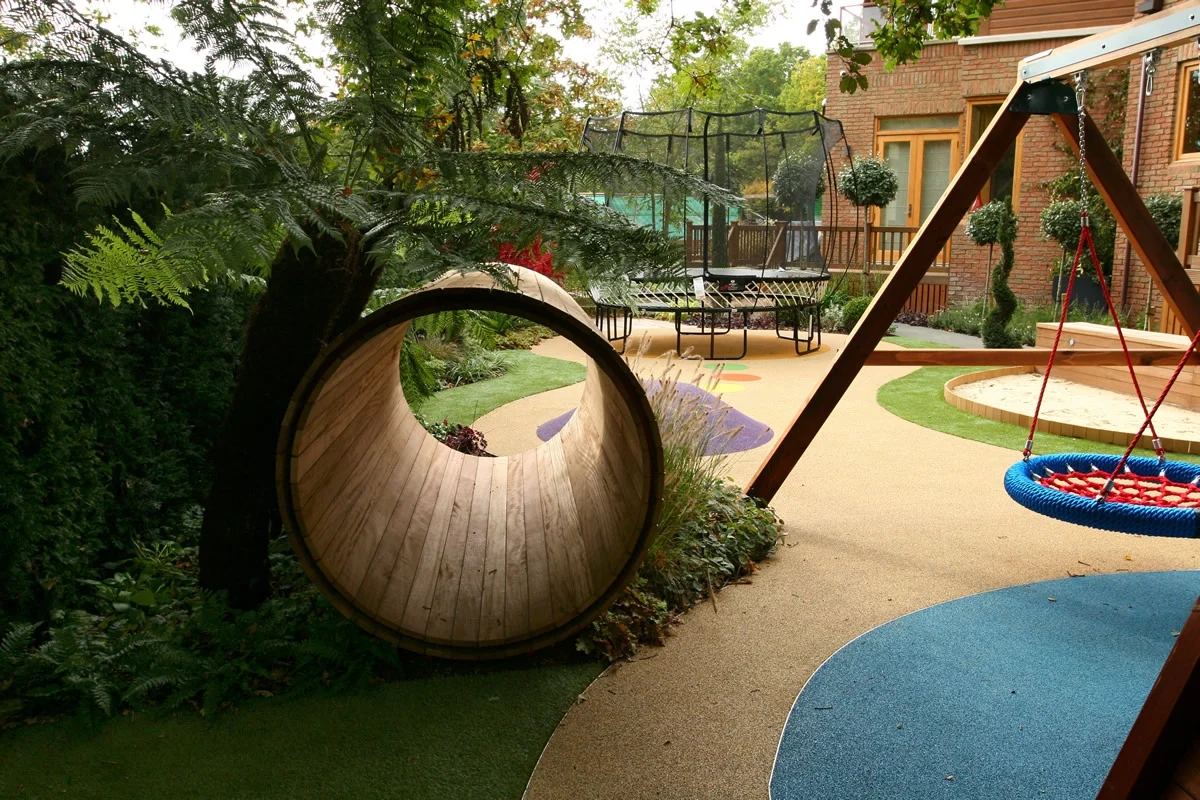
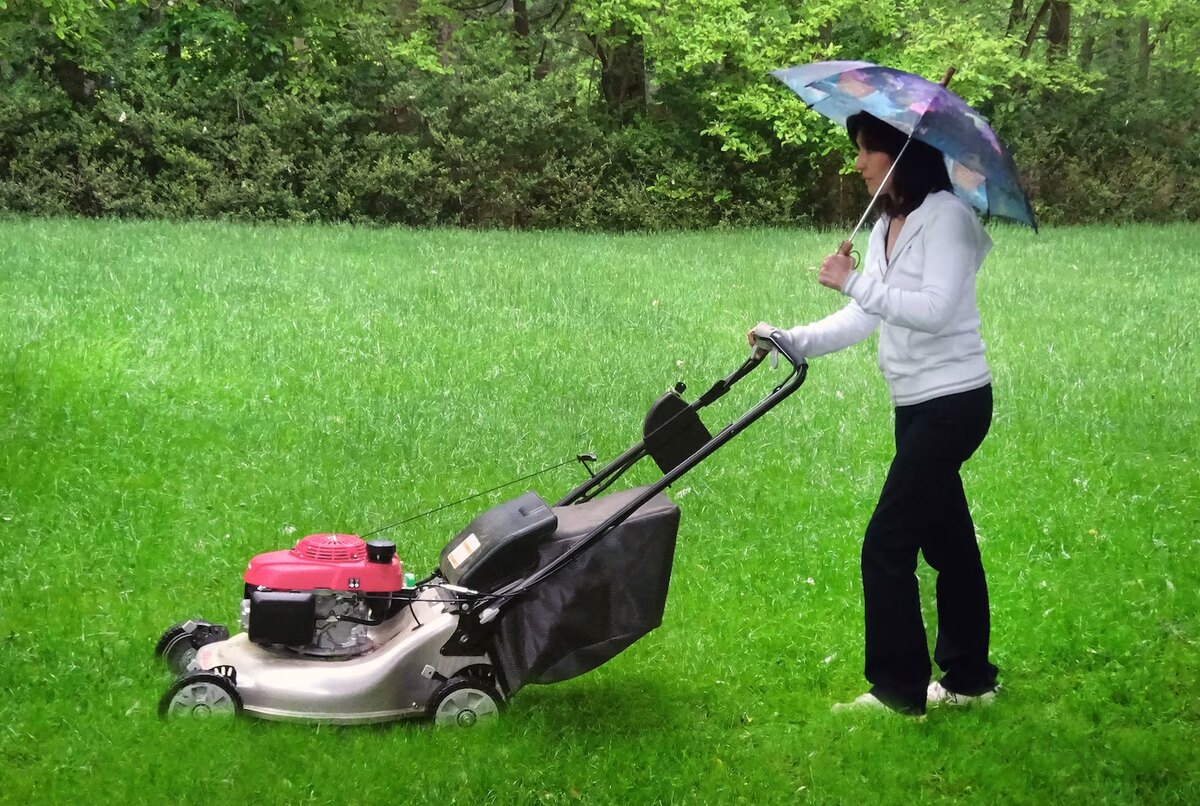
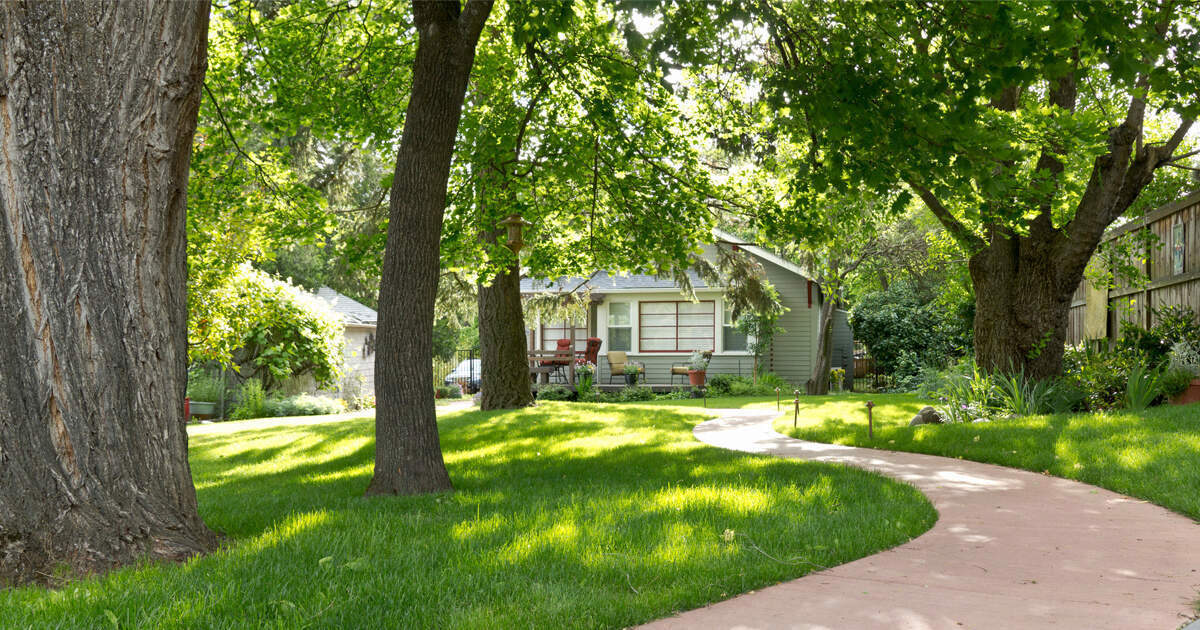
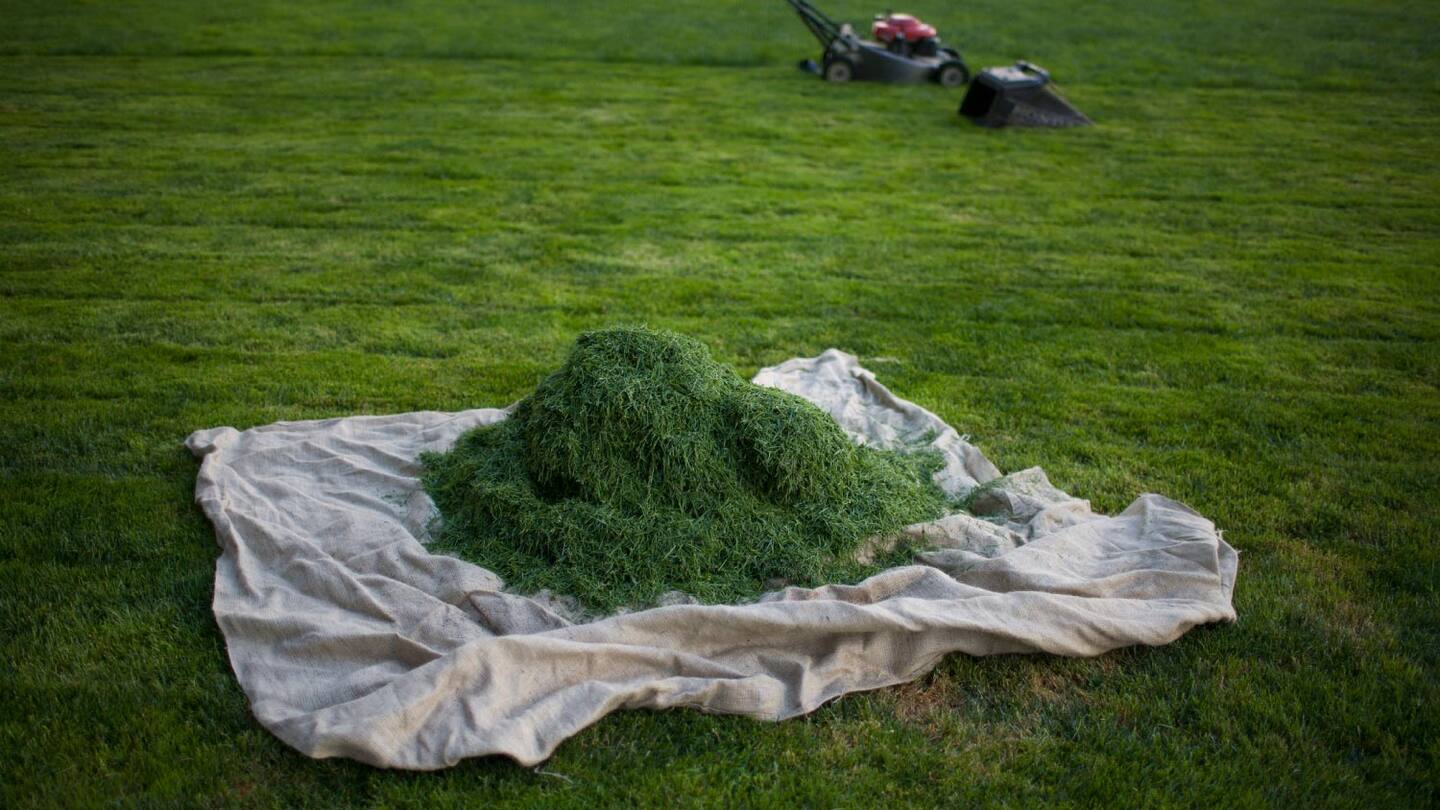
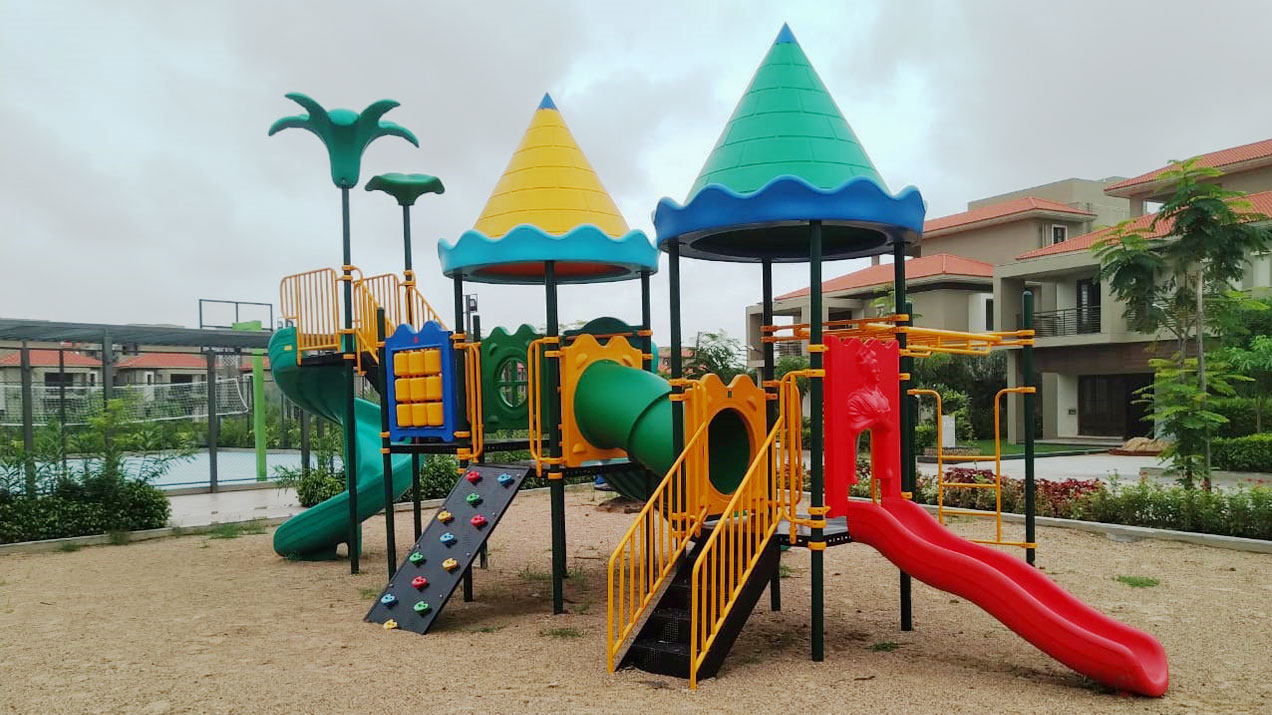

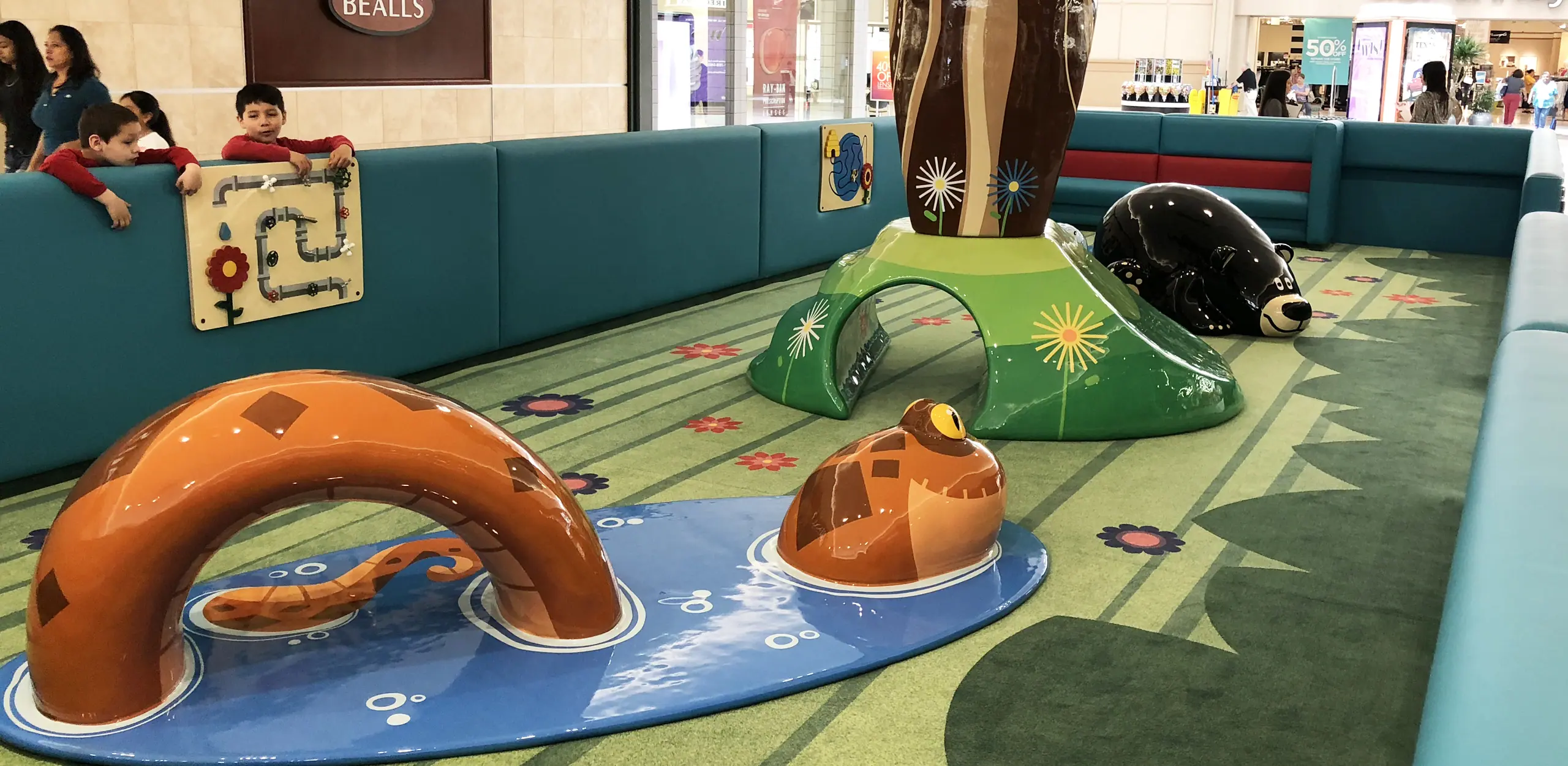



0 thoughts on “What Grass Is Best For Wet Areas”